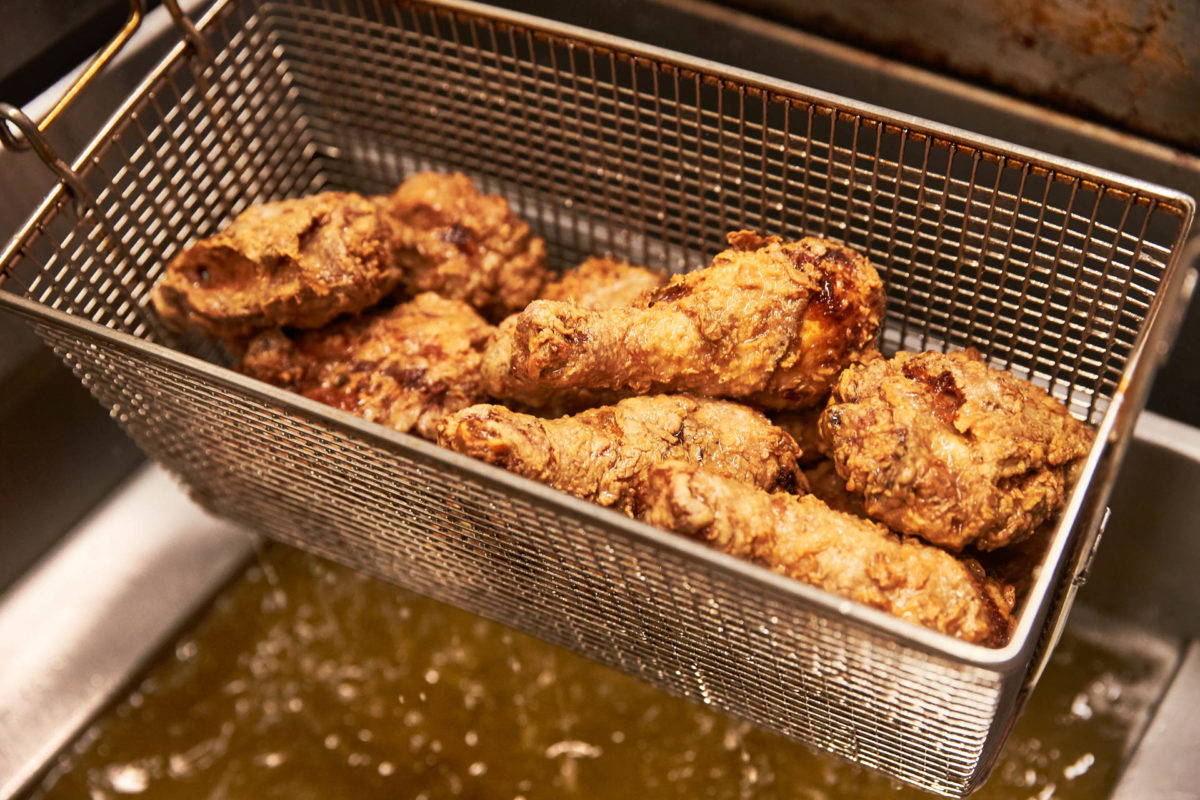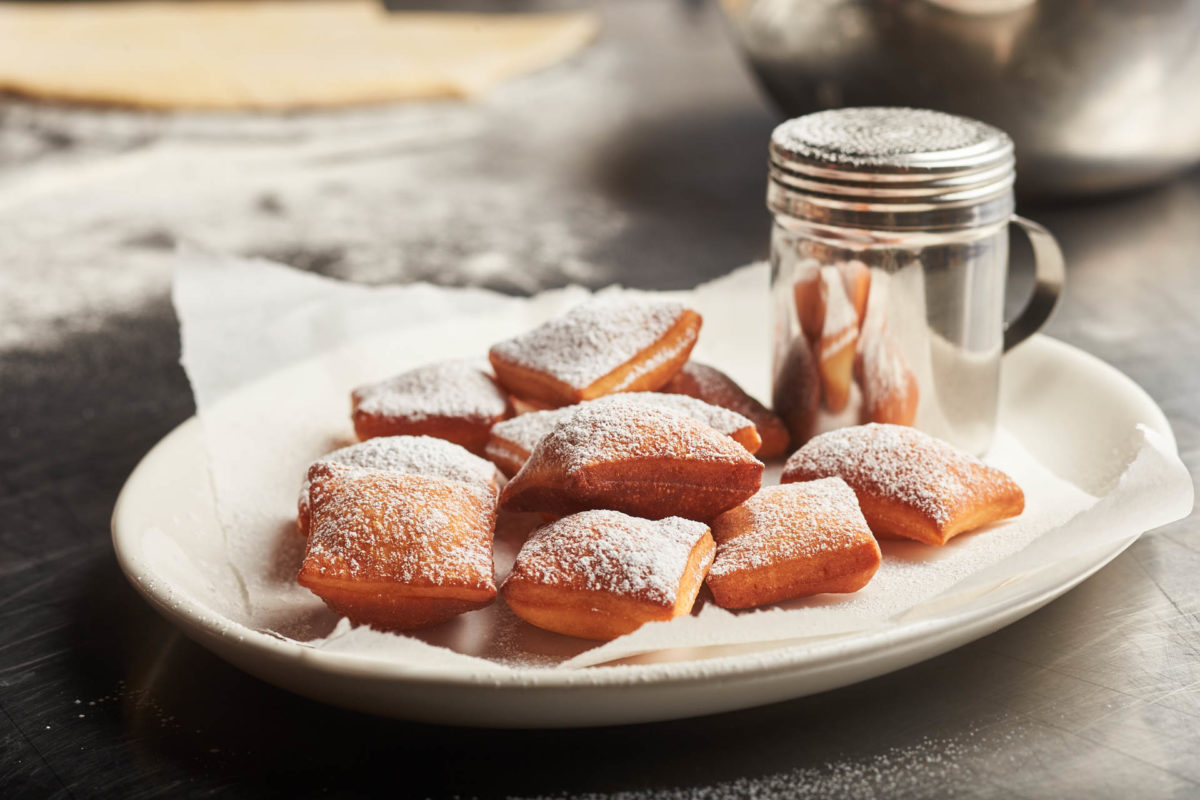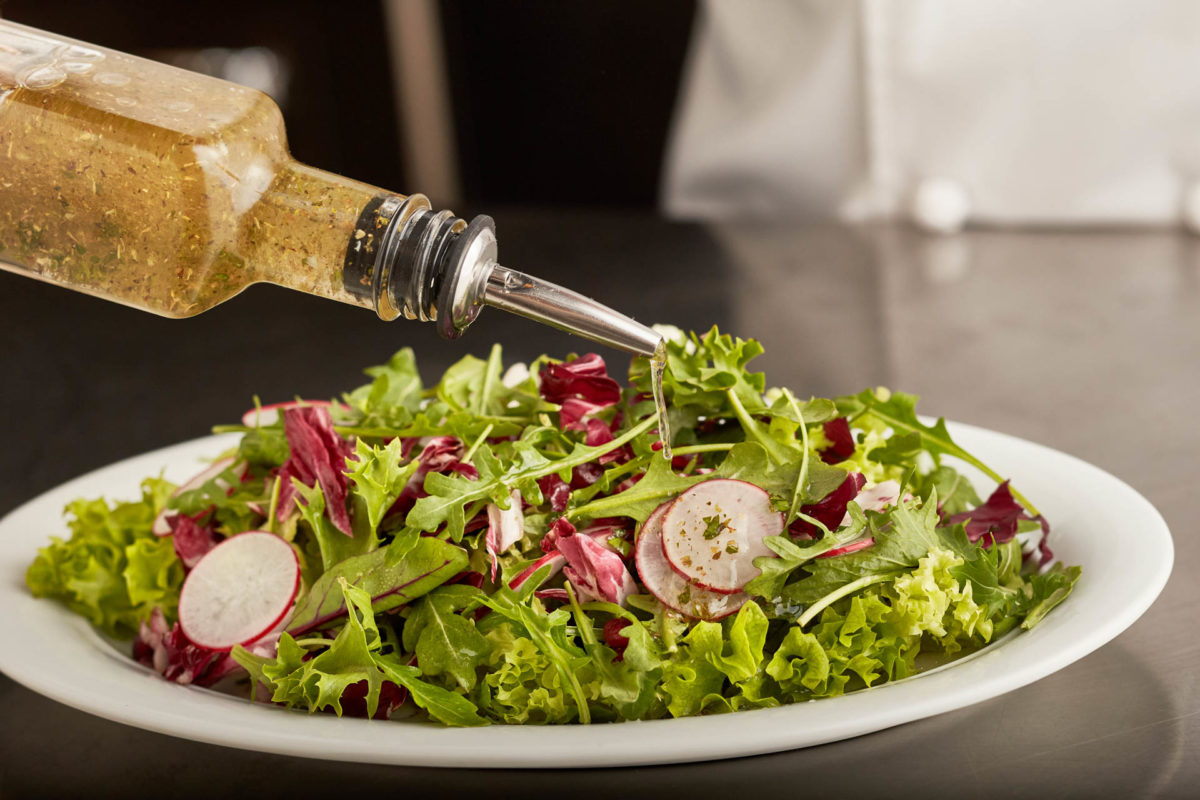Cottonseed is a plant-based byproduct of the cotton plant. In the ginning process, cotton fiber is separated from the seed and later in the process cottonseed oil is extracted from the seed. Cottonseed oil has been used by chefs for decades. It’s revered for its versatility, high smoke point and neutral flavor.
Cottonseed oil offers several benefits to enhance culinary creations:
- Flavor: Its neutral taste allows the foods it’s cooking or blending with to stand out [1].
- High Performing: It is extremely stable with a long shelf life and high smoke point[2] .
- Versatile: It can be used for everything from dressings and frying to baking and sauteing [3].
- Kosher: Cottonseed oil is considered an acceptable choice for kosher cooking [4] .

Frying
It has a high smoke point of 450°F so it won’t break down as fast as other oils when frying foods. Cottonseed oil is popular for stir-frys, tempura-fried dishes, battered fish and fried chicken. Cottonseed oil is also sought-after for whole turkey frying.
French fries
From steak fries and crinkle-cuts to shoestrings and pomme frites, menuing French fries is often the common denominator from fine dining to QSR. A critical element to the achieving a great fry is often the oil it is fried in. A recent feasibility study[5] found cottonseed oil may produce French fries with similar sensory quality, if not better, as other frying oils. The study, funded by Cotton Incorporated and conducted by the Food Innovation Center at Oregon State University, looked at the differences and preferences of the three most commonly used restaurant frying oils in terms of sensory quality, fry yield, and oil consumption. Cottonseed Oil performed well, and in some cases, produced better quality in terms of crispness, aroma, color and overall flavor. For more information on the study, click here for the full report.
Chips
Cottonseed oil enhances the natural taste of foods, rather than contributing its own flavor. Its desirable bland flavor makes it a preferable choice for chip production because of the “nutty, buttery” flavor it develops when exposed to heat or light. Unlike other oils, cottonseed oil doesn’t experience undesirable flavor reversion [6].
Beignets
What does it take to be named Louisiana’s official state donut? “An unconventional shape and an unforgettable flavor,” reveals Burt Benrud, vice president of Café Du Monde, famous around the world for its French-inspired coffee and donuts, better known as beignets. Café Du Monde’s beignets have been fried in cottonseed oil, paired with piping café au lait and served up at the 24-hour French Market hotspot for nearly 150 years.
Café Du Monde’s fourth-generation owners count on cottonseed oil to continue the legendary flavor of its beignets, created from an old family recipe. “Cottonseed oil is part of the original recipe,” says Benrud. “If you want to maintain consistent flavor from one generation to the next, you have to adhere to your original recipe.”
Café Du Monde knows it can count on cottonseed oil for another 150 years. “People have tried to sell us on other oils in the past, but it detracts from the original flavor of our beignets,” says Benrud. “They just never tasted as good.”

Baking
Baked goods, like cake and breads, often contain cottonseed oil. In baking, cottonseed oil is used as a moistener and tenderizer by coating structure building components such as gluten, and starch, thus preventing their excessive hydration. It also provides a moistness and smoothness by interfering with sugar crystallization and enhancing smooth sensation in the mouth[7].

Dressings & Sauces
Mayonnaise
Several brands of mayonnaise use a cottonseed oil blend as the main ingredient. Both mayonnaise and salad dressing spread blend oil with other ingredients like egg yolks, corn syrup and vinegar. Mayonnaise producers like cottonseed oil because the light taste lets the flavor of the spread come through.
Salad Dressing
Many varieties of salad dressing contain cottonseed oil. With its mild taste and clear light golden color, cottonseed oil is the base of many types of salad dressing such as ranch, thousand island and blue cheese. Even some olive oil-based Italian dressings will sometimes contain a cottonseed oil blend.
For more information about cottonseed oil including videos from Chef’s Roll sharing multiple ways you can fry, bake and blend with cottonseed oil, visit www.cottonseedoil.org.
[1] http://www.pycoindustries.com/csoil_vs_peanutoil.pdf
[2] http://www.pycoindustriesinc.com/PackagedOil/FactsBenefits.aspx
[3] https://www.sciencedirect.com/topics/agricultural-and-biological-sciences/cottonseed-oil
[4] https://www.kashrut.com/Passover/pesachart/
[5] https://www.cottonseedoil.org/fry-better-with-cottonseed-oil/
[6] https://core.ac.uk/download/pdf/153832793.pdf#page=23
[7] Figoni, P. 2010. “Fats, Oils and Emulsifiers.” How baking works: Exploring the fundamentals of Baking Science, 3rd edition. pp. 229. Essay, John Wiley & Son


